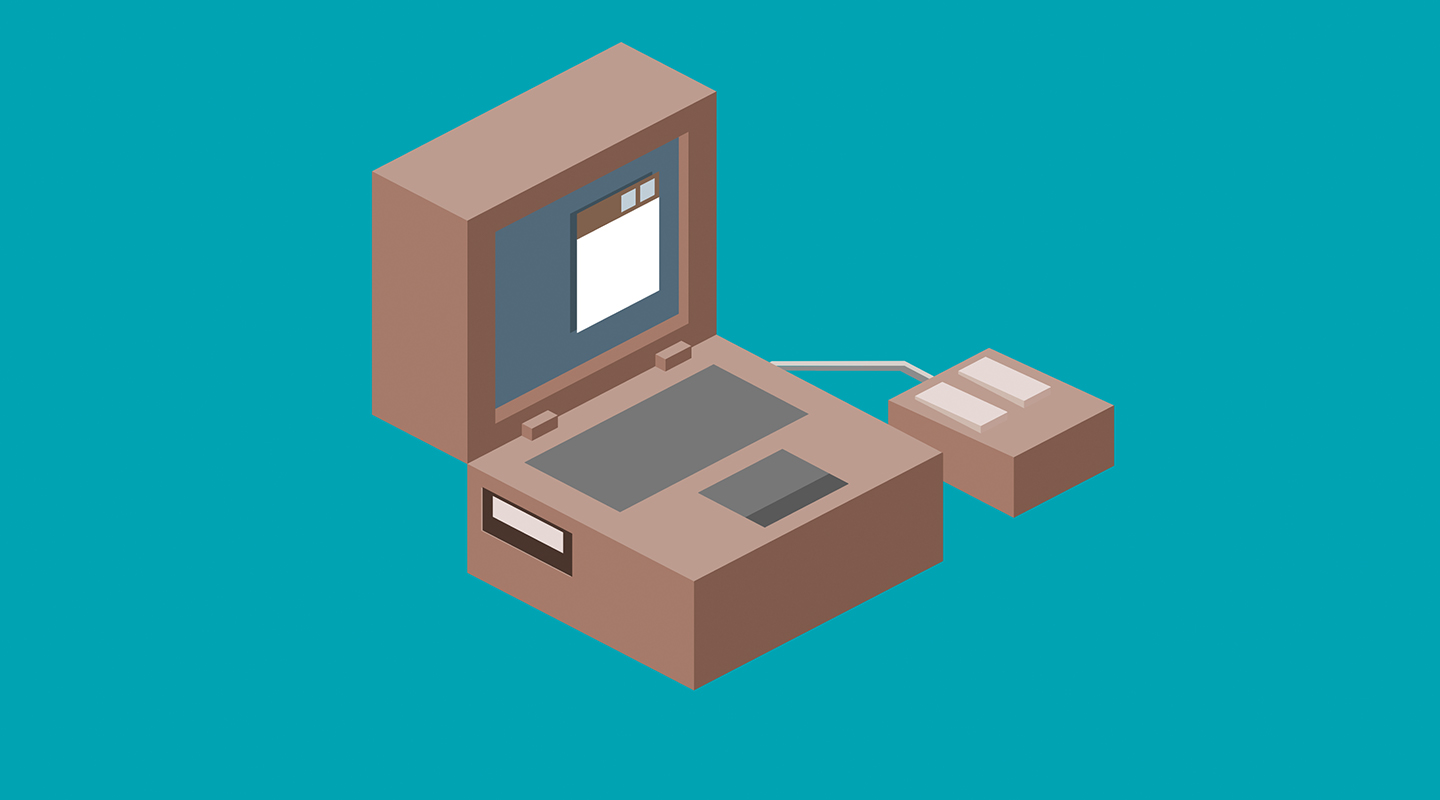Observations on legacy modernization trends for benefits insurers in Novarica’s new report
Since health care reform and the explosion of voluntary benefits, the group benefits market underwent dramatic disruption. That disruption hasn’t slowed since, and in many ways has only grown stronger. This has opened the door to a lot of opportunity that has yet to be taken advantage of.
Analyst firm Novarica recently published a Business and Technology Trends report with a key focus on the group and voluntary benefits insurance. This post zeroes in on legacy modernization trends reported by Novarica, with thoughts on why there has been relatively slow adoption across the industry, possible carrier approaches, and why there is massive opportunity at hand.
Core Attachment
Since the disruption, the benefits market has been flooded with a new type of customer: the individual. For decades the industry was built around interacting with employers and organizations, but with the explosion of high-deductible, low-premium health plans for groups and individuals came the advent of new benefits products and policies. Where carriers were eager to provide these products, their systems were weak in offering support. It is simply staggering to consider exactly how unprepared for this market shift legacy technology had left carriers!
Yet, eight years later, what has changed? Unfortunately, I estimate that 90 percent of companies are still trapped in working out the high-level details—the “What should we do about this?” phase of addressing change. Half of those companies plan to make a major investment in their systems in the next five years, while the other half aim to invest at least something during this time. Why the discrepancy? The Novarica report corroborates that the uncertain future of the ACA, in particular, and the resulting changes in the regulatory environment is causing further delays in decision making here.
Apps as Bandages
Many providers have decided that the best solution is to wait. Rather than invest in complete overhauls, they’ve contented themselves with piecemeal replacements. Adding digital layers of technology on top of their legacy systems is seen by many as an acceptable middle-ground approach. There are two general rationales behind this way of thinking:
- Buying Time – Deploying digital solutions patched onto legacy systems without bothering to replace the original counterpart plugs the leaks. That gives carriers more time to strategize while they tread water. But integration to core data and transactions is limited, and it will add complexity to fuller modernization down the road.
- Gradual Adaptation – Carriers might wish to keep their core policy administration system in place while other modules are added to replace existing systems. By addressing areas with a lower cost or impact such as billing, claims, or underwriting, they feel they’re building a frame that their core PAS will eventually fit into. So long as it’s done with forward-compatibility in mind, it should mitigate the amount of work and investment needed when it’s time to replace the full legacy system, too.
Customer Experience Considerations
While forward-compatible piecework replacements or additions allow for an easier overhaul in the long run, the downside to this approach is that it leaves the fundamental problem—that legacy systems simply weren’t built to handle individual recordkeeping—unaddressed.
On the other hand, progressive carriers that have taken a more holistic overhaul approach, such as Liberty Mutual, Guardian, and others are now in a hugely favorable position to take advantage of a plethora of new business opportunities. How so? Firstly, a comprehensive approach digitizes not only the front-end sales and marketing but also the back-end policy, billing, and claims operations. Customer data and preferences and self-service options become instantly available at every touchpoint. This is a very different customer experience. Carriers can now embrace new opportunities as they move from solely B2B to a hybrid of B2B and B2C.
Secondly, carriers gain exceptional product agility and speed to market. No longer hidebound by the cost of coding a new product in legacy, at a cost that analyst firm Celent estimates can be over a one million dollars and take six to eighteen months to implement, carriers can quickly introduce new, fully digital products and more easily go up or down market as their market expansion requires.
It’s Not Too Late to Get Ahead
To date, our customers have been able to implement our core and digital platform at a better-than-industry-average pace, beginning in as little as six months. In so doing, they’re also getting themselves ahead of the disruption. This means they can take full advantage of the benefits of the new marketplace, both now and in the years to come.
Carriers that get this right have a unique opportunity to make inroads into their target markets. Large carriers have entered new market segments, but new technology can also serve as an equalizer. We’re seeing more and more examples of smaller carriers with tremendous growth rates grabbing market share.
There is one key action that must be taken. Carriers that wish to expand their reach must focus ultimately on replacing their legacy systems, be it in stages or all at once. As the demands for digital customer experience, new products, and distribution channels get greater and greater, providers that don’t jump on the bandwagon will be left behind.
For more information, download a copy of the eBook “Essentials of Gaining Small Case Market Share.” Tony Grosso is vice president of Product and Industry Marketing at EIS and can be reached at agrosso@eisgroup.com.




